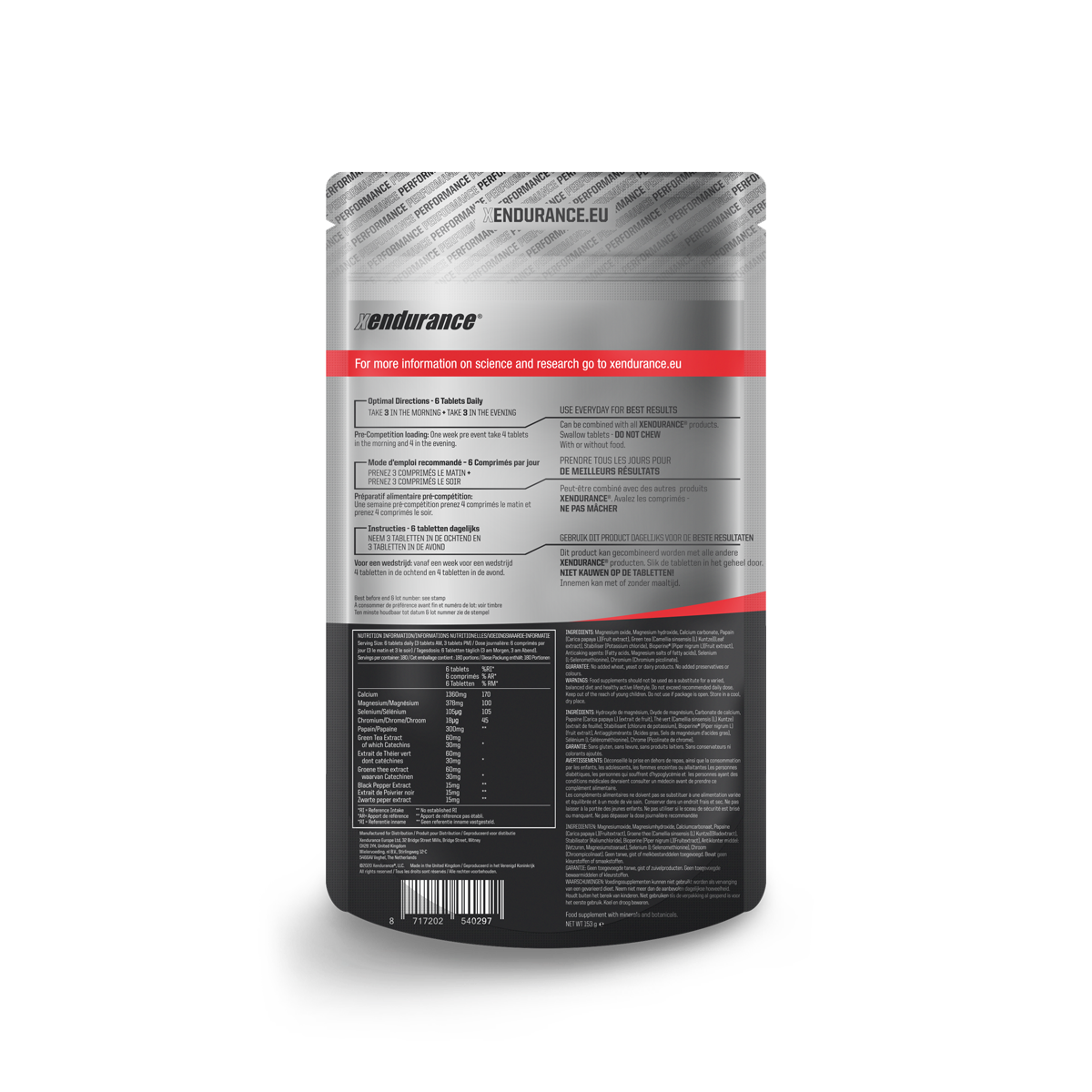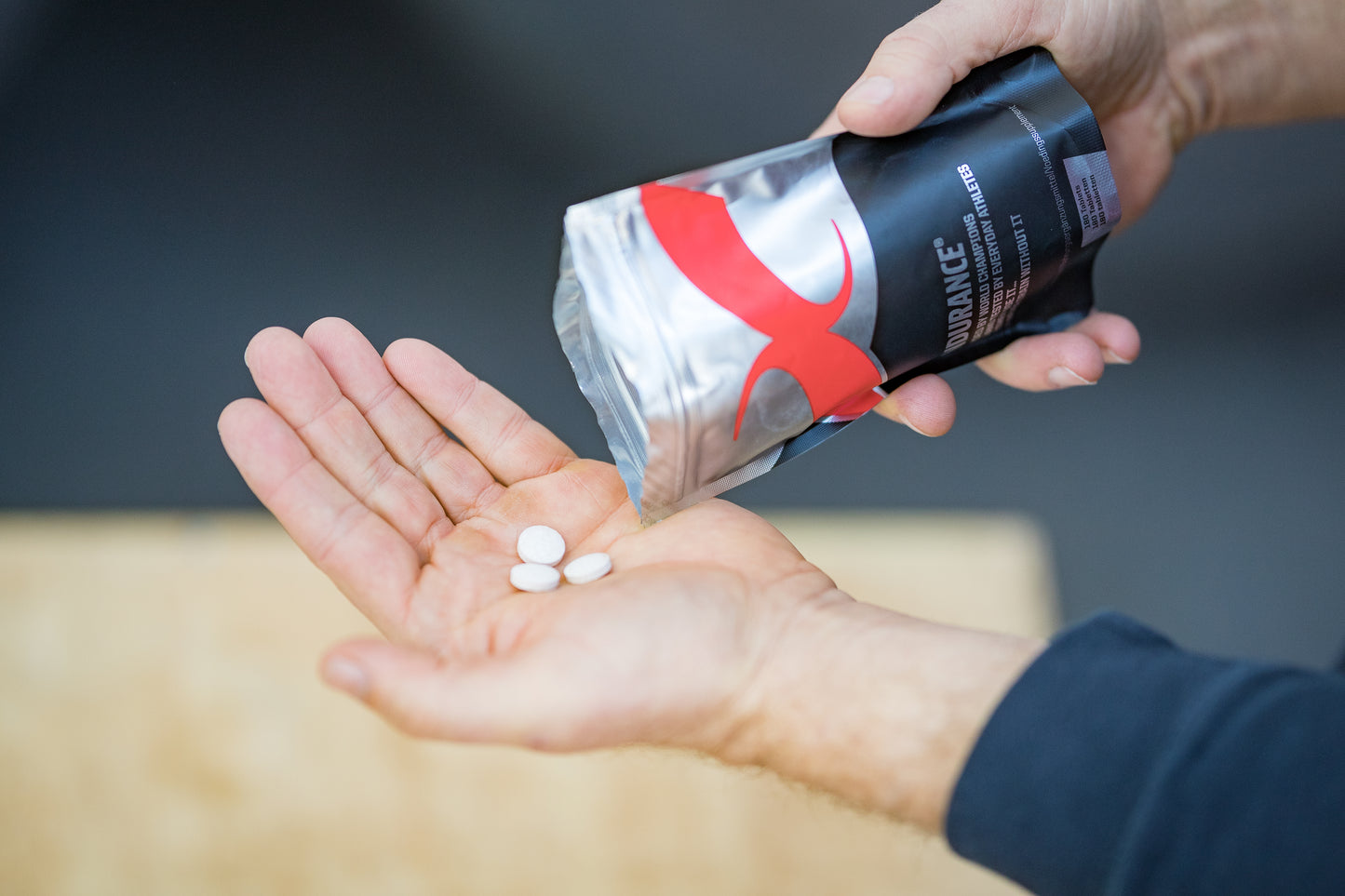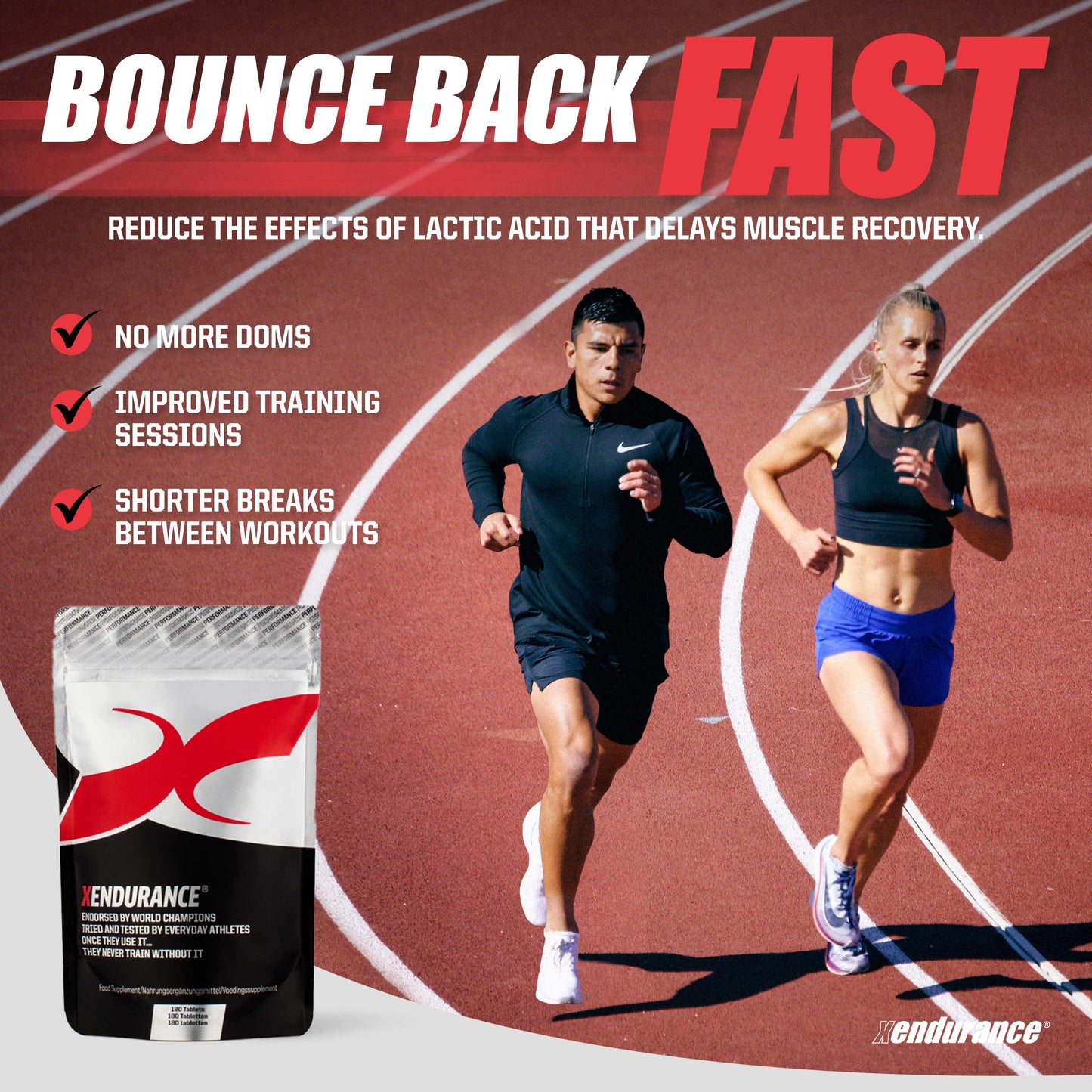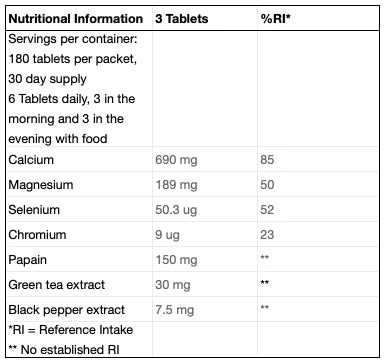Training effectively for an individual sport (such as triathlon) can become socially isolating when your goals or ability level don’t align with your friends. But for long term training consistency and therefore improvement in sport I think it’s crucial to leverage social interaction and group dynamics wherever possible. Arranging to meet a friend at the gym means you’re less likely to skip as session! Meeting with a cycling group for a long weekend ride means you’re likely to stay out longer! Both beneficial results of training with others.
But let’s imagine your friends/training buddies aren’t of the same ability or fitness level as you are; how can you adapt sessions to allow everyone to train together and effectively?
Gym: Strength and conditioning lends itself well to training with a partner, each choosing the appropriate resistance and possibly adapting exercises or rep ranges to suit. Chatting and observing your lifting buddy may ensure you take adequate rest between sets too, avoiding the tendency to rush through a workout.
Swim: Possibly the least social of the sports but it’s static location (limited to the confines of a 25m pool) means you’re never far away from your training partners. Throw in the occasional sauna or coffee after and it can be made more social.
- It’s easy to adapt the distance of reps and whole sets to suit abilities in the pool while still aiming for the same session goal. For example, the main set for a stronger swimmer could be 10x150m at threshold pace while for a weaker swimmer 10x100m.
- Intervals could be swum to time rather than distance. In the above set these 2 swimmers may each be swimming 2 minute reps for example, the stronger completing 150m and the weaker 100m in that time. Both recovering for 10-15secs before repeating.
- Allow the weaker swimmer an occasional extra recovery period. The 10x150 at threshold could become 5x150 and 4x150 with 1 rep recovery mid-set. The important factor is not to ask the weaker swimmer to over exert themselves to stay with the stronger.
- For 2 swimmers of similar ability it may simply be enough to have the stronger swimmer ‘lead the lane’. The reduced drag allowing the second swimmer to maintain the same pace for less effort (or a higher pace for the same effort).
- A stronger swimmer could also add volume to the swim through an elongated warm-up or technique work prior to the main set. The pre-fatiguing effect of this will even up the swimmers during the main set.
- Cautiously add or remove ‘toys’ to even up swim paces. Typically a pullbuoy (or buoyancy shorts) and/or paddles would help to speed up a slower swimmer. While drag shorts or an ankle band would slow down a stronger swimmer (this option may change the physiological effect of the swim set and would not be my favourite option).
Bike: Cycling often exposes differences in ability more than the other sports. Due to the effects of gravity (hills) and aerodynamics (wind resistance) it can be difficult to ride with others while allowing everyone to gain what they need from the session. But there are options.
- Utilise indoor training platforms such as Zwift and communication apps such as Discord to allow virtual meet ups and training. In this way athletes can train to their ‘own numbers’ while still having some social interaction.
- When riding in a group outdoors, remember that ‘easy is easy’, there’s nothing to prove and if your effort, power or HR are a little lower than anticipated as you ride along chatting then that’s ok. Make use of a coffee stop too, safe in the knowledge that the professionals do this too.
- Use the ‘draft’ effectively. Stronger riders take the wind at the front of the group allowing them to work a little harder while weaker riders will typically save 20-30% of their effort by remaining in the middle of the group. Encourage novices to ride a little closer to the wheels in front when safe to do so.
- Hill reps make for a great group session. Ride to a set duration e.g. 3mins and recover back to the start for 2mins and repeat….simple but effective! The slower speeds going uphill allow the group to stay closer together while working hard.
Run: Utilising some of the principles from the swim and the bike above should allow you to run effectively with your friends.
- Choose a location like an athletics track (or perhaps a well-lit business park after 6pm – quiet and no costs involved). Run intervals based on distance or time with the limited space keeping everyone together. Perhaps encourage others to join you at this location even if they want to run a different workout.
- Weaker runners should not run harder than advised attempting to keep up with stronger runners but the stronger runners could consider an elongated warm-up or additional intervals prior to the start of the session proper. The extra volume won’t change the session intention. For example; main set 8x4mins at tempo (half marathon pace) could be performed after 20mins at LT1 (marathon pace) for a stronger runner.
- Easy runs are just so; if necessary run an out and back route based on time that should allow everyone to finish together, e.g. 30mins out and 30mins back.
- Weaker runners could ‘even the game’ by wearing the latest generation of ‘super shoes’ saving a number of seconds per km by doing so.
Key Points:
- Developing a training group with social interaction is beneficial for individuals involved in triathlon and other individual sports.
- Maintain the aim of the session while allowing some flexibility. Keep effort level, pace, power, HR in the approximate region required to match the prescribed session.
- Make the most of those easy sessions for social training; have faith that easy endurance remains beneficial.
- Choose a location that suits group training sessions.
I encourage you to surround yourselves with others who positively influence your training enjoyment, consistency and progression.
Phil Ellison https://www.totaltritraining.com/phil-ellison/









